To clean the kitchen, you should use a special bleach solution that protects the surfaces in the best way.
Disease transmission can be prevented by regularly keeping the house clean and hygienic. In most cases, cleaning is all that is needed to remove most germs on surfaces, including harmful viruses or bacteria.
If no one in your household is unwell and no one has recently visited your home sick, there is a good chance that disinfecting the home is not necessary to prevent the spread of disease.
If you want to disinfect surfaces in your home but don’t have any household disinfectants available, you can make a bleach solution and apply it to various surfaces in your home. This solution may be used to successfully kill microbes after proper dilution.
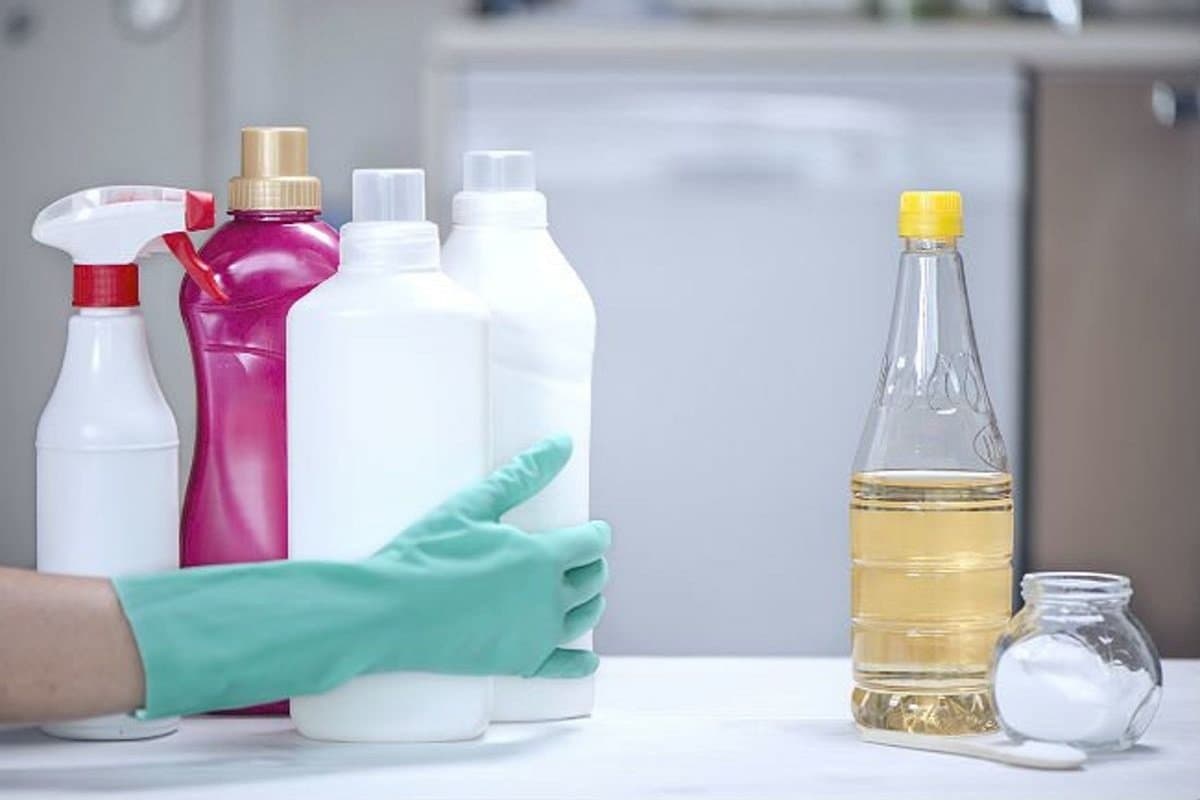
How to safely and effectively use bleach for cleaning
Before disinfecting the surface with household bleach, be sure to clean any visibly dirty areas with soap or detergent.
Whitening products can be used safely if the following guidelines are followed:
Instructions are on the bleach product label. Find out if you are required to wear protective equipment such as gloves or eye protection and act accordingly.
Household bleach or any other disinfectant or cleaner should never be used with anything else. This may release vapors that should not be breathed in at all costs.
If you plan to use bleach-containing products indoors, you should make sure there is adequate ventilation (eg, open windows and doors to let in fresh air).
Invest in some regular, unscented household bleach. The usual range of sodium hypochlorite in household bleach is between 5 and 9 percent. Do not use a bleaching agent whose percentage is outside this range or whose percentage is not specified.
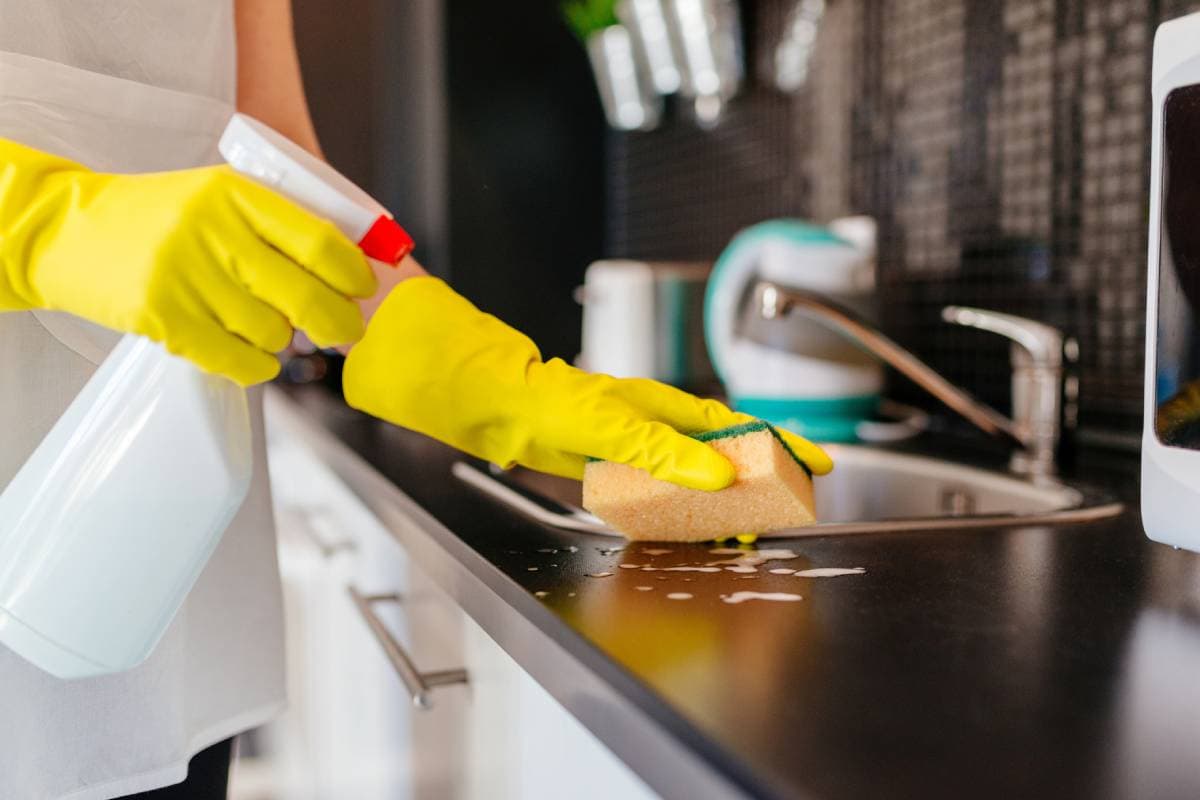
This includes some laundry bleach products as well as non-spray bleach, neither of which should be used for disinfection purposes.
To prepare a diluted bleach solution, simply follow the instructions on the bleach container. If the purchased bottle of bleach didn’t come with any instructions, you can make a solution by mixing one gallon of room-temperature water with five teaspoons of bleach, which equals one-third of a cup.
At room temperature, one liter of water should be mixed with four tablespoons of bleach.
When using a bleach solution on surfaces, it is important to always follow the instructions provided by the manufacturer. If there are no specific instructions, you should allow the diluted bleach solution to sit on the surface for at least one minute before removing or wiping. This concept is referred to as “contact time” during the disinfection process. The surface must remain completely wet throughout the contract.
Wash your hands after cleaning or disinfecting.
Make a fresh solution of diluted bleach every day. Bleach solutions that have been mixed with water for more than 24 hours are not very effective.
Bleach is a good combination with nothing else.
It may seem like a great way to make a super effective kitchen cleaner to combine household bleach with other kitchen cleaners, especially those that contain ammonia or acid. However, you should never, ever do this. This may lead to the release of dangerous gases which can cause various symptoms including chest discomfort, nausea and coughing etc.
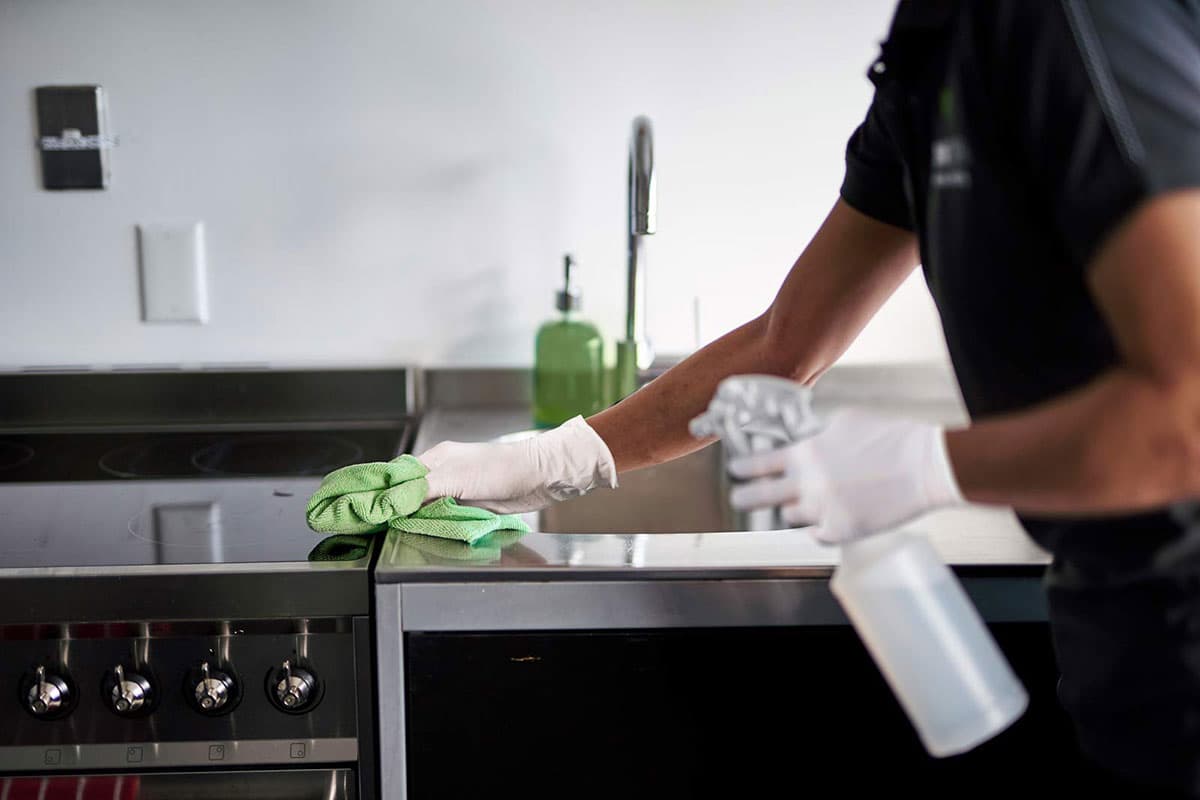
Some glass and glass cleaners, paint, and urine all contain ammonia in varying concentrations (so be careful about using bleach on the toilet bowl, diaper pail, or pet food). Just one more time: you should never, ever mix bleach with other water.
Bleach has a limited time until it expires.
Bleach is one of many cleaning solutions that will lose its active ingredient over time, as with most other cleaning products on the market (how quickly this happens depends on many factors, including storage conditions you or leave the cap off for a long time).
Because bleach eventually dissolves into a mixture of mostly salt and water, the remaining dissolved components are easily broken down in conventional wastewater treatment facilities, so this is really great news for the environment.
Bleach is a useful ingredient in the kitchen.
Although many of you hate using bleach in the kitchen, surfaces can be properly sterilized if used correctly and according to the manufacturer’s instructions. Remember that after using bleach on a surface, you should usually let it air dry or rinse with water before using it again.
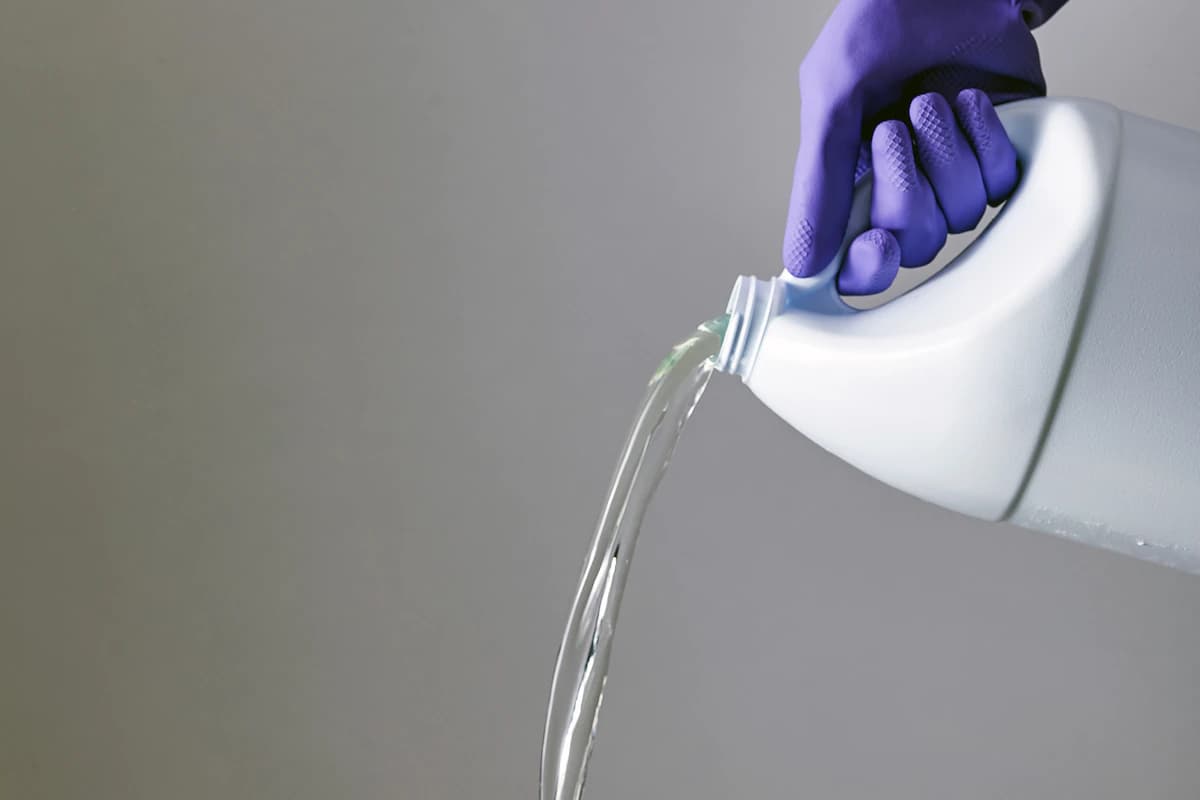
It is able to purify the water used for drinking.
The Centers for Disease Control and Prevention (CDC) recommends adding 1/8 teaspoon of regular, unscented liquid bleach to a gallon of water. After fully mixing the ingredients, it is recommended to wait half an hour before drinking.
It can prolong the time that cut flowers stay fresh in the vase.
If they didn’t come with one of those preservative packets, you can make your own: add one tablespoon of sugar and two teaspoons of lemon juice to every quart of water you’re working with. Bleach, as little as half a teaspoon, may further inhibit the growth of germs.
We are one of the oldest bleach manufacturers in the region, with years of accumulated expertise, and you can order this product in a variety of containers, from one-liter bottles to forty-liter drums.
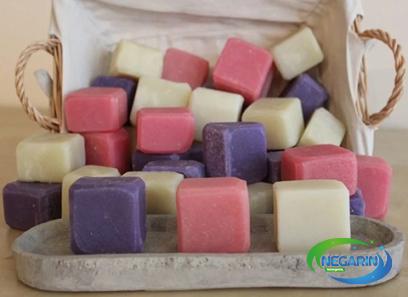
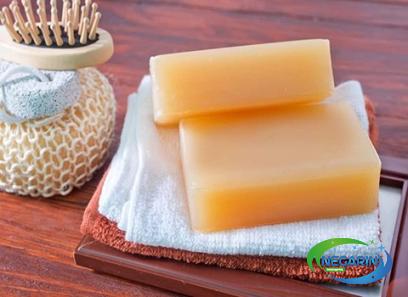
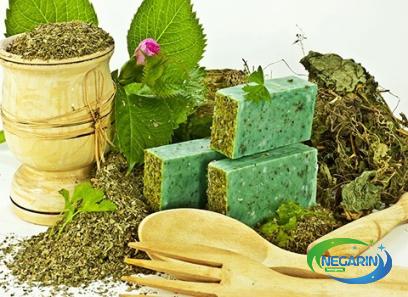
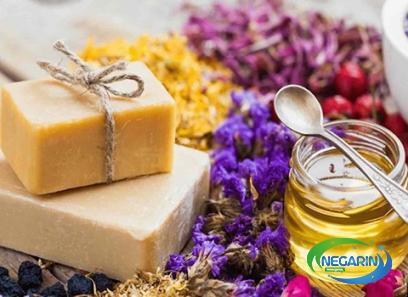
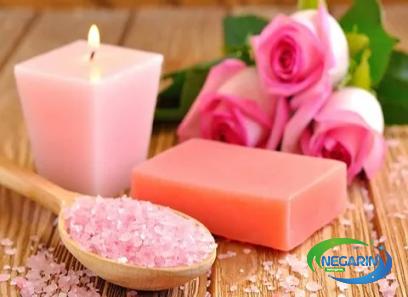
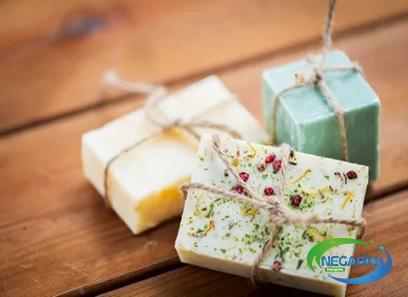
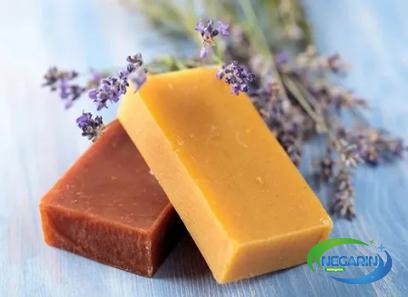
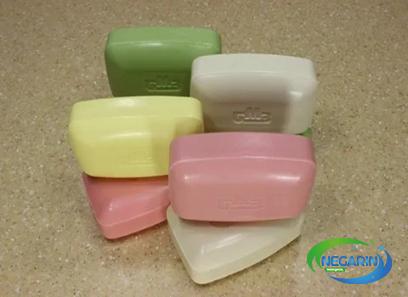
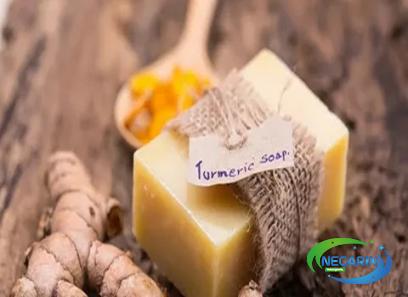
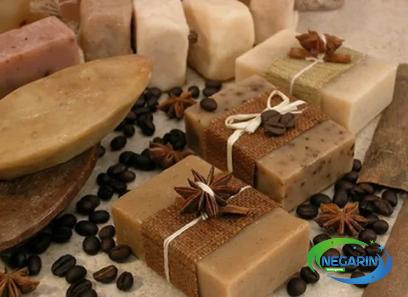
Your comment submitted.